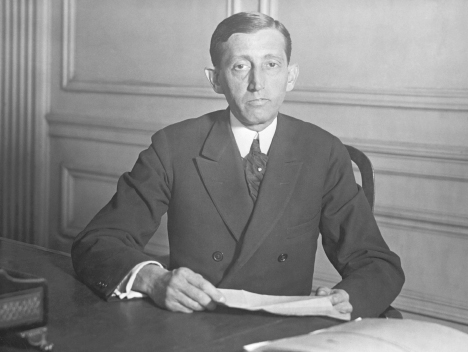Citizens and Lawmakers Control the Movies
Printed Page 431

During the early part of the twentieth century, movies were enormously popular with European immigrants and others of modest means. This, in turn, spurred the formation of local review boards by civic leaders who screened movies to determine their moral suitability for the community. By 1920, more than ninety cities in the United States had such boards, which were comprised of vice-squad officers, politicians, or citizens. By 1923, twenty-two states had such boards.
Meanwhile, lawmakers seeking to please their constituencies introduced legislation to control films. For example, after African American Jack Johnson won the heavyweight championship in 1908, the federal government outlawed transportation of boxing movies across state lines. The move reflected racist attitudes more than distaste for violent imagery, as legislators pandered to white constituents who saw Johnson as a threat.
The first Supreme Court decision regarding film’s protection under the First Amendment came in 1915 (Mutual v. Ohio), and reflected the prevailing attitudes toward film. The Court declared that motion pictures were not a form of speech but “a business pure and simple” and thus not protected by the First Amendment. The Court further described the film industry as a circus, a “spectacle” for entertainment with “a special capacity for evil.”